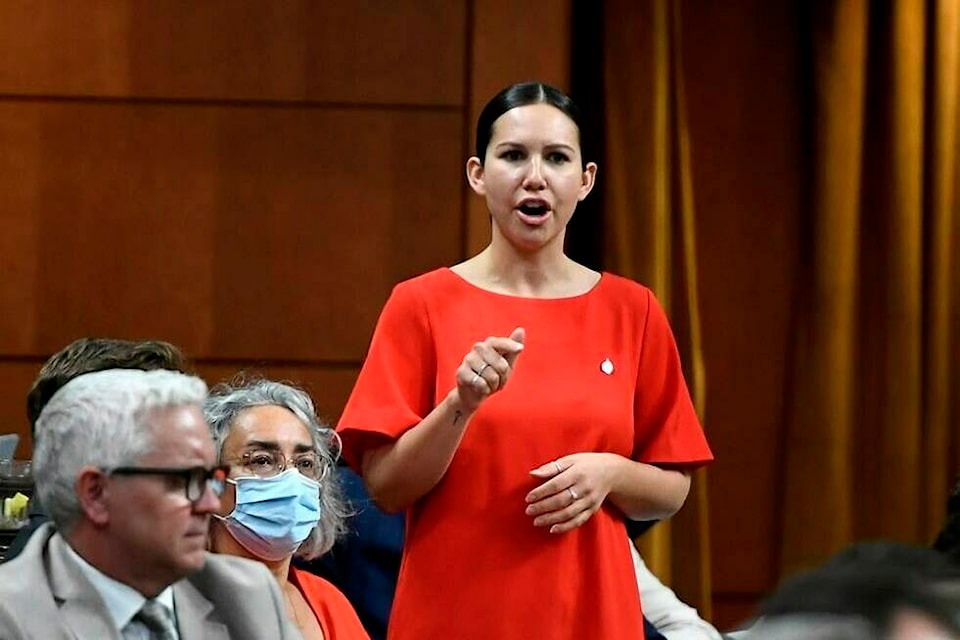MPs studying the government’s proposed definition of an assault-style firearm will resume talks next month about whether to hear from additional witnesses amid concerns the change would ban some common hunting rifles.
The House of Commons public safety committee, which is conducting a clause-by-clause review of a Liberal firearm-control bill, did not meet Thursday as planned after the House adjourned Wednesday for the holidays.
The proposed definition, a government amendment to the bill, has garnered applause from gun-control advocates but fierce opposition from Conservative MPs and firearm-rights groups who say it targets many routine hunting rifles and shotguns.
The committee met Tuesday to discuss a suggestion from Kristina Michaud of the Bloc Québécois to suspend review of the bill and hear witnesses on the definition.
Michaud proposed two additional hearings, while another scenario would see the committee hold eight more sessions, including travel to the North to hear from Indigenous witnesses.
Committee members did not finalize arrangements and now plan to pick up the discussion sometime in January.
The government says the aim is to outlaw firearms designed for the battlefield while respecting the legitimate needs of hunters and others who own rifles and shotguns.
Among other technical specifications concerning bore diameter and muzzle energy, the proposed definition includes a centrefire semi-automatic rifle or shotgun designed with a detachable magazine that can hold more than five cartridges.
MPs have been poring over the latest list of firearms that would fall under the definition.
There is debate over exactly what is included and what is not, because the definition applies only to some variations of certain models that meet the criteria — guns the government considers inappropriate for civilian use.
Conservative public safety critic Raquel Dancho said this week there should be testimony on the potential effects of the definition from Indigenous communities, hunting and angling groups, conservation associations and small gun shops.
Public Safety Minister Marco Mendicino said Wednesday that the government has heard “loud and clear” from hunters and Indigenous Peoples about the reach of the definition.
“On the basis of what we have heard … there are definitely a few models that we need to look very carefully at,” he said.
“We will continue to take the time that is necessary to make whatever fine-tuning to the language of the amendment to make sure that we get it right.”
The Commons committee appears to be moving toward amplifying misinformation about the amendment rather than correcting it, argued gun-control group PolySeSouvient.
“The priority should be to ensure that the public, hunters and First Nations understand the proposed measure, which is not the case at present,” PolySeSouvient spokesperson Nathalie Provost said.
“What is needed is for experts to demystify the amendment, clarify its components and explain its true impact on hunting guns.”
